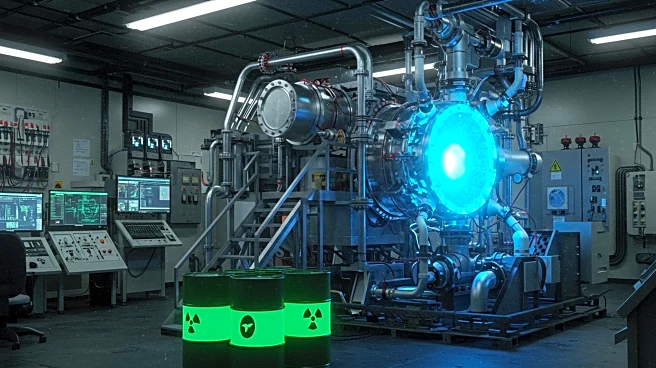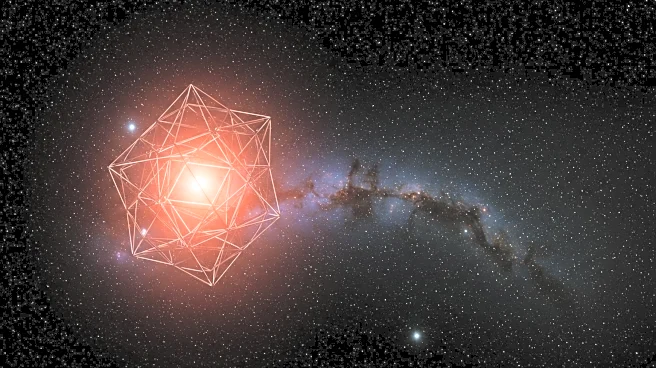Rapid Read • 7 min read
Researchers have successfully heated gold to over 19,000 Kelvin, more than 14 times its normal melting point, without melting it. This groundbreaking experiment challenges the long-standing entropy catastrophe theory, which posits that solids should melt at temperatures greater than three times their melting point. The study, conducted at Stanford University's SLAC National Accelerator Laboratory, used a powerful laser to heat a thin gold foil in a fraction of a second, allowing the gold to retain its solid crystalline form. The research, funded by the National Nuclear Security Administration, opens new avenues for high-energy density physics and fusion energy research.
AD
This discovery has significant implications for the fields of fusion energy and planetary science. By demonstrating that materials can withstand extreme temperatures without melting, researchers can explore new methods for temperature diagnostics in high-energy environments. This could lead to advancements in fusion energy research, offering a direct method for probing the temperature of warm dense states during inertial fusion experiments. The findings also provide insights into the interiors of planets, potentially transforming our understanding of planetary physics.
The research team plans to continue their experiments at the Linac Coherent Light Source, measuring temperatures inside hot compressed iron to gain further insights into planetary interiors. The study's methods could be applied to other high-energy density environments, expanding the frontiers of high-energy physics. The researchers are also looking forward to further collaborations and advancements in fusion research, leveraging the new techniques developed in this study.
The experiment challenges existing theories about material behavior at extreme temperatures, suggesting that the limits of superheating solids may be far higher than previously thought. This could lead to a reevaluation of material properties and their applications in various scientific fields. The research also highlights the potential for innovative experimental techniques, using billion-dollar platforms to achieve unprecedented scientific breakthroughs.
AD
More Stories You Might Enjoy










